We’ve previously outlined four tips that will help eLearning portal developers successfully manage an eLearning platform. While those tips are useful at helping you to implement your eLearning platform, we understand that you may also need help establishing the courses you’re going to offer. For cases like this, one of the most important things to focus on is course design. Your courses are the most important part of your eLearning portal and are the reason why your target market will seek you out.
Considering how important the lectures are, you’ll want to be thorough when designing them. To help you out with this, we’ve put together a brief guide.
If this is something you’re interested in knowing more about, read on as we go through a step-by-step guide on eLearning course design.
Research
Before you address anything else, you first have to do research on what your audience needs.
You’ll want to identify your audiences’ skills gap so you have a clear idea of what exact information you’re going to relay.
You’ll also want to do additional research on the technical resources available to the customer as this will help inform every design decision you make. It would also help if you took note of the learning management system as it will help you create a course that will integrate easily with their system.
Determine Instructional Needs
The last thing you want is to create a course that doesn’t meet the audience’s needs. This is why you’ll want to determine instructional needs early on as this will help you create a course that’s aligned with what they want. The only way to arrive at any meaningful conclusion regarding this topic is by speaking with them and asking them for their needs and expectations on what they want the course to be.
Figure Out the Skill Gaps That Need to Be Addressed
Once you’ve done basic research and have determined your audience’s instructional needs, it’s time to do more research to prepare for the actual course design. The goal here is to figure out what skill gaps need to be addressed. This will help narrow down the course objectives and will inform every aspect of eLearning course design.
Create A Storyboard and Script
Once you’ve got all the details hammered out, it’s time to begin creating a storyboard and a script. It’s best not to create a refined course as it will definitely still undergo a slew of different changes. Instead, create a quick prototype with minimal graphics. All you have to do here is to create something that gives you a good look at what the final course may actually look like. It should include the following:
- A partial script.
- Images and recorded audio.
- Basic graphics, animations, and music that aid the script.
Once it’s ready, it would be best to test it out with a group of sample learners. Be sure to record their feedback and make any necessary changes to improve the final product.
Produce Media
Now that you have a better idea of what the audience wants, it’s time to produce the media that will go into the final course. Depending on the nature of the course, this can include, but is not limited to videos, graphics, photographs, music, and sound effects. However, it’s worth noting that a single type of media cannot work across all content. For instance, a masterclass video would be best for demonstration purposes and building connections with the audience, while graphics and animations are better suited for breaking down complex topics.
Produce Courseware
Once all the media is ready, just assemble all the parts of the course via your course authoring tool. While this part may seem trivial, courseware development will affect the way your learners utilize the courses so it would be best to pay extra attention during this step to make sure the learners have the best experience possible.
Test the Course
You have to test the course for adherence and scope. It’s important to make sure that it is addressing the skill gaps and objectives that you have previously laid out. If any objectives aren’t met or if the skill gaps aren’t sufficiently addressed, make revisions to the course before the final product is released.
Write a Manual
Once everything is ready, you now have to prepare a manual that will help them integrate the course into their eLearning platform. The manual should tackle both the training side and the IT side of the eLearning course. To ensure that everything goes smoothly, it would be best to meet with them to discuss the manual.
Beta Review the Courseware and Make Final Changes
Lastly, have your audience beta review the courseware so that you can integrate any final changes they want to make. This step is key as these changes will affect how the final product will turn out.
Conclusion
We hope this article proves to be useful when it comes to helping you design eLearning courses. It can be overwhelming to craft an entire course from scratch especially if you don’t have a production team in tow to help you out. It’s then important to enlist the help of professionals to put together courses that will be of value to your audience.
Bihasa is the leading digital learning company in the Philippines that turns your educational content into engaging, easy-to-use, and accessible online courses. As specialists in scientific digital learning, we can help you turn your employees into the most competent professionals in the field.



